Top 10 Scariest Movies Ever
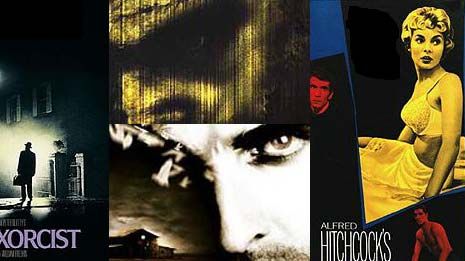
That's Scary!
Why you can trust Live Science

Some films have it all, that is, all the goods to make for a frightening, must-leave-the-lights-on, lots of gore and splatter, flick. Here are 10 of the scariest movies ever made. They are sure to deliver some genuine chills.
Psycho (1960)
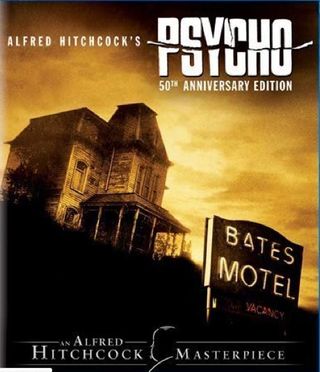
In Alfred Hitchcock's masterpiece Psycho, an embezzling secretary is on the run from the police. She hides out in a small motel in Arizona, run by a peculiar but unassuming young man named Norman Bates. The Bates Motel is in the shadow of a sinister-looking house on a nearby hill, where Norman lives and looks after his frail, disturbed mother. Bad things happen to bad people, and soon the secretary is stabbed to death while taking a shower. Psycho, written by Robert Bloch, is brilliantly shot, acted, and edited, resulting in a masterpiece of suspense and macabre. Both Psycho and The Texas Chainsaw Massacre were inspired by rural Wisconsin serial killer Ed Gein, who killed at least two people and dug up the graves of many more in the 1940s and 1950s. Psycho is much truer to the facts than Chainsaw is, though neither film really tells Gein's story. If you want that, you can rent Deranged a slightly fictionalized film based on his case.
Seven (1995)
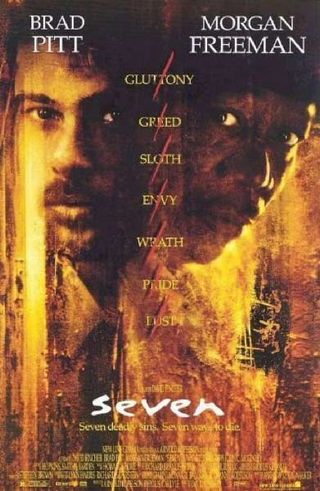
The title Seven refers to the Seven Deadly Sins, which is the blueprint followed by a serial killer who dispatches his victims according to the Bible. The idea of a mad killer working from such a list is in itself nothing new; 1971's The Abominable Dr. Phibes, with Vincent Price, had this plot device. Seven manages to rise above serial killer chase clichés to provide a scary, absorbing plot with moody, decaying atmosphere. In a film genre overpopulated by serial killers, writer Andrew Walker and director David Fincher manage to bring new twists and surprises to the screen.
The Exorcist (1973)
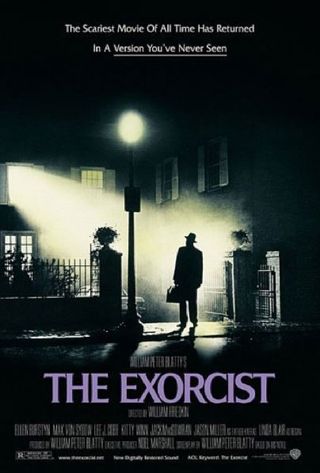
When Regan, a cute 12-year-old, experiences odd behavior, her mother Chris believes she's just sick. Regan goes to doctors, who attribute the disturbances to nerves or a brain dysfunction. At first, Regan's cherubic complexion gets worse and she curses, perhaps signifying nothing more sinister than puberty. But as the incidents become more common, horrific, and violent (including projectile vomiting and of course masturbating with a crucifix), Chris suspects her daughter is possessed. Finally she turns to Father Damien Karras, who himself is struggling with an ailing mother and a loss of faith. With help from the infirm Father Merrin, Karras confronts the evil in the little girl during an exorcism. The film was directed by William Friedkin from William Peter Blatty's script, based on his 1971 bestselling book of the same name. The film was supposedly based on a true story of a 1949 exorcism case in Maryland, though writer Mark Opsasnick showed that Blatty's account was heavily fictionalized, and the boy in the "real" case showed no evidence of demonic possession.
Frailty (2002)
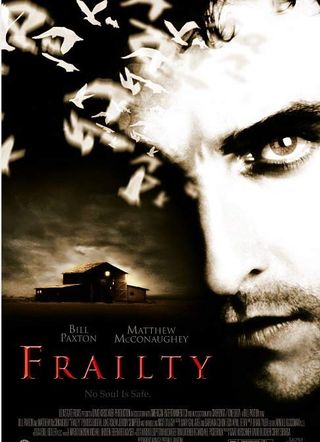
Frailty is a spectacularly creepy gothic thriller that tells the story of an East Texas serial killer who calls himself the Hand of God. An FBI agent, desperate for information, listens when a young man named Fenton comes in offering a suspect. Fenton believes he knows who the killer is: his brother Adam. Fenton tells of their strange childhood, beginning when their father (Bill Paxton) had a religious vision one night. God told him he must kill people—well, not people but demons that look like ordinary people. He is given a list of names and two tools to do the job, including a double-edged axe. Faced with an assured and threatening father and nowhere to go, the boys reluctantly help carry out a murder. The film works because of a sharp script and Paxton\'s engrossing performance as the demon-driven father, hitting exactly the right balance between earnestness and psychosis. Like Martin and Bug, Frailty shows that everyday horrors can sometimes be the worst.
The Shining (1980)
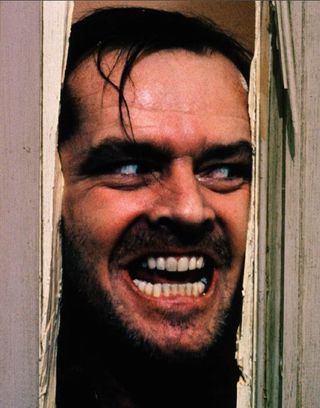
Stephen King's imagination combined with Stanley Kubrick's filmmaking to create The Shining, the story of a writer, Jack Torrance (Jack Nicholson, in one of his most memorable performances). Torrance takes a job as a winter caretaker at a huge, remote resort, along with his waifish wife and their psychic son, who has the ability to sense the dead (a gift called "the shining"). Isolated from the world for a winter and trying to finish a novel, Torrance is slowly driven insane by the hotel's resident evil spirits, who urge him to kill his family.
The Texas Chainsaw Massacre (1974)
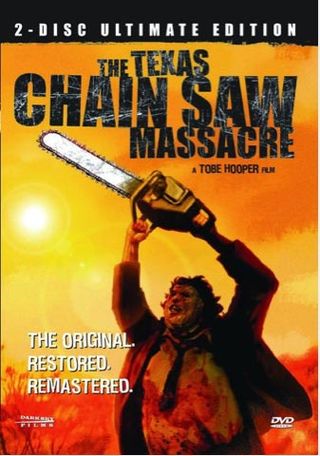
The infamous Texas Chainsaw Massacre tells the story of a murderous clan living in rural Texas who prey on lost passerby. The main villain is Leatherface, a big brute with the subpar dental work and a chainsaw who wears a mask of human skin. It is considered by many to be one of the scariest films of all time, and much of the terror comes from the psychologically relentless chase scenes. Though the low-budget film is often criticized for gore and violence, it actually has much less blood than people imagine, with many of the killings occurring off camera. Texas Chainsaw Massacre spawned sequels and dozens of imitators featuring murderous, masked psychos who kill teens with sharp hardware. The "true story" that The Texas Chainsaw Massacre was inspired by has little to do with the film. It didn't take place in Texas, didn't involve a chainsaw, and wasn't really a massacre.
The Stepfather (1987)
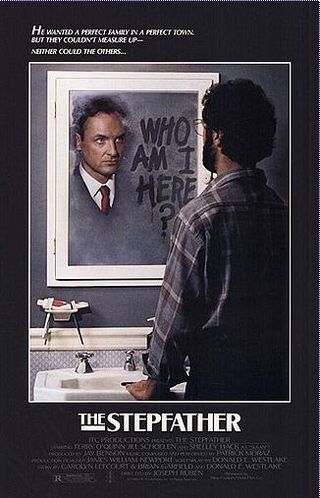
Long before he played Locke on the TV series Lost, Terry O'Quinn scared filmgoers as a serial-killing stepfather with a fractured idea of the perfect family. When his new wife and children disappoint him, a seemingly perfect family man kills them and moves on, seeking yet another white picket fence house, beautiful wife, and perfect kids. The Stepfather, like the brilliant film Falling Down, is ultimately about one man's psychological breakdown and his failure to realize his idealized version of the American Dream. A remake of The Stepfather is being filmed, scheduled for release next year.
Jacob's Ladder (1990)
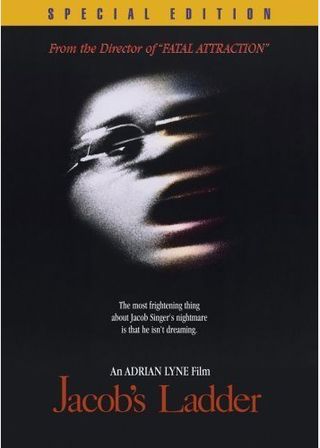
It's 1971 and Jacob Singer, a soldier in Vietnam, is wounded. He survives but returns to civilian life back home in New York. Yet soon Jacob has horrific hallucinations of hell. He eventually meets up with other veterans from his unit, who confide that they also have been seeing demons. Perhaps they are suffering from post-traumatic stress disorder. Or maybe they were, as some conspiracy theorists among them suggest, unknowing guinea pigs in a military mind-altering experiment. Or possibly something even more sinister is afoot.
Martin (1977)
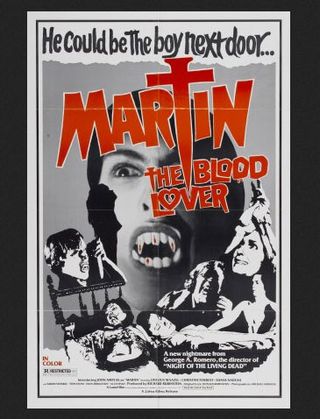
Martin is probably one of the best, yet least-known, vampire films of the past thirty years. Written and directed George "Day of the Dead" Romero, it follows a young man named Martin who lives in a small Pennsylvania town and believes he is a vampire. He attacks women with syringes of sedatives, then cuts their wrists to drink their blood. The troubled youth goes to live with his immigrant uncle, who believes Martin is a real, Old World vampire and tries to control him with garlic and crosses. Martin gives a creepy look at what a real-world vampire-or just a troubled teen with vampire delusions-might look like.
Bug (2007)
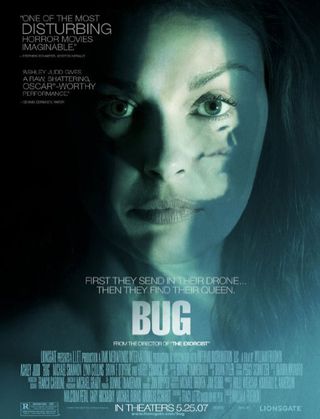
Thirty-five years after cementing his name in the horror world with The Exorcist, William Friedkin showed he can still tingle the spine with his film Bug, an unrelenting, inexorable crawl into madness. The story follows a down-on-her-luck waitress at a desolate motel who meets quiet and polite (though possibly delusional) drifter. As they get to know each other, he shares a terrifying secret: he is the victim of horrible military experiments, and believes he is being watched. Soon he starts scratching himself, complaining about bugs in their room. As usual, scratching only makes things worse...
Sign up for the Live Science daily newsletter now
Get the world’s most fascinating discoveries delivered straight to your inbox.













